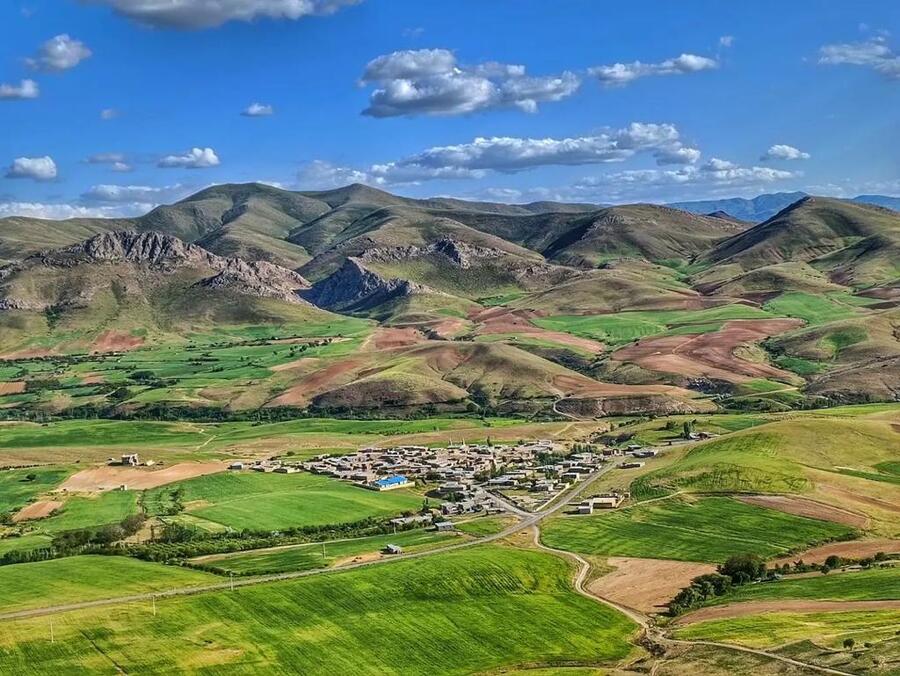Zeviya Historical Castle, which dates back more than 3500 years, is located 55 kilometers southeast of Saqqez, north of Zeviya village, and is located on a hill.
Zeviya Castle is one of the most valuable monuments in Kurdistan, which dates back to 700 years BC in the Zeviya area of Saqqez city in the East part of Kurdistan, and after archaeological excavations in the heart of a hill revealed.

The castle covers an area of more than 16 dunums and is about 110 meters above the surrounding land. It is obvious that the strategic location was chosen for the construction of the castle in order to oversee the area. The height has enabled the castle to look around and take care of the area while having a charming view.
The castle consists of several halls, courtyards, occasional two-floor rooms, a granary, and a castle gate.
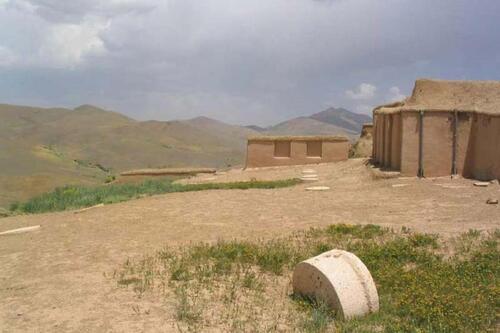
The main gate of the castle is located on the east side with twenty-one stone stairs, as well as two other gates on the north and south sides of the castle.
The castle has three floors. The first floor, which still has the remains of the wall, was probably a temple. The second floor, whose rooms are painted in blue, red, and black, distinguishes it from the others, archery has been found there and it appears to have been a military base. The third floor, which housed the grain storehouse during the days of trouble and siege, was the ruler's residence.
There was also a water well in the courtyard of the castle where rainwater was collected to meet the water needs of the inhabitants. They piped water from the surrounding springs into the castle and provided the castle with sewerage, which was excellent at the time.
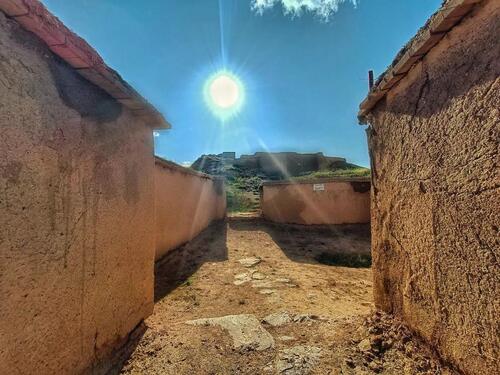
The discovery of the castle dates back to 1947 when part of the castle collapsed due to rain and floods, revealing ancient artifacts and was spotted by a shepherd child. Then a Jewish named Ayub Rabno obtained permission from the village chief and the authorities to excavate the castle and the surrounding lands, and more than 80 percent of the mound in general for eight years.
Unfortunately, after these eight years, Ayub and his associates caused irreparable damage to the castle and discovered many unprecedented historical monuments, including "an unparalleled treasure in a bronze tree" that was a historical masterpiece and sold to the world's famous museums.
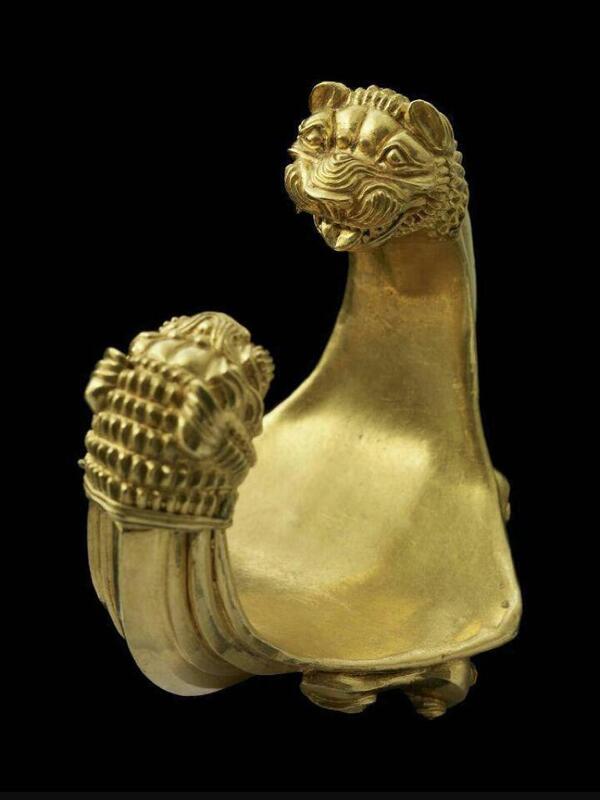
Most of these historical monuments are currently on display in museums and galleries around the world such as the Louvre Museum in Paris, the Museum of London, the Armitage Museum in Leningrad, as well as museums in the United States, Israel, and dozens of other countries.
Only a small number of them are in the National Museum of Iran in Tehran.
From 1975 to 1994, archaeological excavations were conducted in Zeviya, resulting in the discovery of a military castle, a government palace, and a hall with 16 large pillars, as well as pieces of gold and silver under the ground.
The castle of Zeviya belonged to the Mannais, as the name of Zeviya was first recorded in the Assyrian calendar during the reign of Sargon II during the attack on the castle.

After invading the Mannaean territory and capturing the capital of Manna and defeating their king, Iranzu, Sargon II established two important castles in the central region of Manna, Zipia or Izipia, which must be the same castle as Zeviya and Armait which is now the village of Qaplantu.”
After the Mannas, the castle of Zeviya was the capital of the Medes and Sakas for hundreds of years.
Most researchers believe that Zeviya Castle was a critical government castle. In this regard, Professor Girtnes, a famous French researcher and archaeologist and author of the book "Iranian Art in the Median and Achaemenid Periods", believes that Zeviya Castle was a ruling castle, and he also considers all the historical relics found in this castle to be the legacy of the Sakai king who was buried with him.
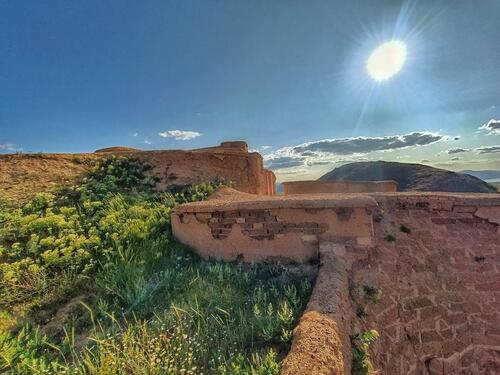
Unfortunately, in recent years, the Zeviya Castle of Saqqez has not been properly protected and this attractive historical palace is heading towards complete destruction. Archaeological activities have been completely stopped there.
It is worth mentioning that some believe that if scientific research is done on this hill, the history of Saqqez civilization can increase to six to seven thousand years, but this project requires a large budget and has not been paid attention to by the Iranian government.

